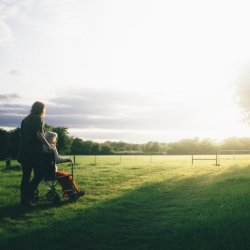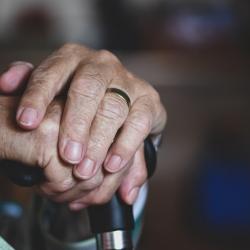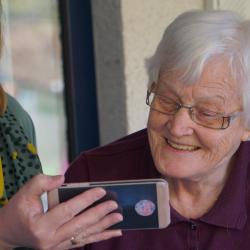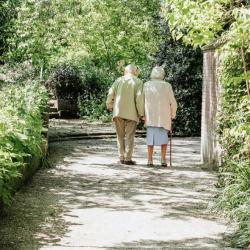Top 10 Housekeeping Tips for Mobility-Impaired Seniors
Did you know that a significant portion of adults over the age of 65 experience difficulties with mobility? This statistic sheds light on an often-neglected aspect of elder care: cleaning for the elderly that caters to their specific needs. It's more than just maintaining cleanliness; it's about modifying living spaces to ensure safety, comfort, and respect for our senior citizens.
In this article, we explore the top 10 housekeeping strategies specifically designed for elderly individuals with mobility issues. Each recommendation is not just a simple tip; it represents a step towards fostering a supportive and accessible environment for them.
1. Ergonomic Cleaning Tools
Ergonomic cleaning tools are essential for individuals recovering from back injuries. Lightweight vacuums, extendable dusters, and robotic cleaners reduce the physical strain associated with traditional cleaning methods, which can be particularly beneficial for those who have recently visited a chiropractor for back adjustments.
These tools not only make cleaning easier but also support the recovery process, allowing individuals to maintain their living spaces independently and fostering a sense of accomplishment and autonomy.
2. Simplified Cleaning Routine
A simplified cleaning routine can make a world of difference. Breaking down tasks into small, manageable steps prevents overwhelming seniors and keeps their living spaces consistently clean.
This approach also helps in maintaining a routine that is both practical and less exhausting, ensuring that cleanliness is maintained without compromising their well-being.
3. Declutter for Safety
Clutter-free spaces are essential for safety. Ensuring walkways are clear and removing unnecessary items can significantly reduce the risk of falls and accidents.
It's not just about tidiness; it's about creating an environment that respects their mobility limitations and promotes ease of movement.
4. Use of Labels and Visual Aids
Labels and visual aids are incredibly helpful. Labeling drawers and using contrasting colors for essential items can make everyday tasks less frustrating.
This method aids in quick identification and access, making the living environment more intuitive and senior-friendly.
5. Adaptive Cleaning Techniques
Adapting cleaning techniques to suit physical capabilities is crucial. Tools like long-handled sponges and grabbers can make cleaning and reaching for items less of a challenge.
These adaptive strategies are about respecting the physical limitations of the elderly while allowing them to maintain as much independence as possible.
6. Establish a Cleaning Checklist
A cleaning checklist can provide clarity and structure. It can break down tasks into achievable goals, making it easier for seniors to keep track of their cleaning routine.
This method is about creating a sense of control and organization, ensuring that important tasks are not overlooked.
7. Embrace Smart Home Technology
Smart home technology can be a game-changer. Voice-activated devices and automated systems reduce the need for physical movement and can aid in various tasks.
This technology is not just about convenience; it’s about creating an environment that adapts to their needs.
8. Install Remote Monitoring Systems
Remote monitoring systems offer peace of mind for both seniors and their caregivers. These systems can alert in case of unusual activity, ensuring prompt assistance when necessary.
They represent an extra layer of safety, keeping a vigilant eye where human supervision isn’t always possible.
9. Prioritize Accessibility in Storage
Strategic storage solutions are vital. Keeping frequently used items in easily accessible places reduces the need for strenuous movement.
This approach is about thoughtful organization, ensuring that daily essentials are within reach without unnecessary strain.
10. Seek Professional Cleaning Services
Professional cleaning services can be an invaluable resource. For heavy or challenging tasks, expert help ensures that the home remains a clean and safe environment.
Utilizing these services is about acknowledging when extra help is needed, ensuring that the cleanliness and upkeep of the home are not compromised.
Conclusion
These housekeeping tips are not just about maintaining a clean home; they are about crafting a living space that is safe, comfortable, and accommodating to the unique needs of seniors with mobility issues. By implementing these methods, we not only ensure a tidy environment but also uphold the dignity, independence, and quality of life for our elderly loved ones.
More to Read:
Previous Posts:











